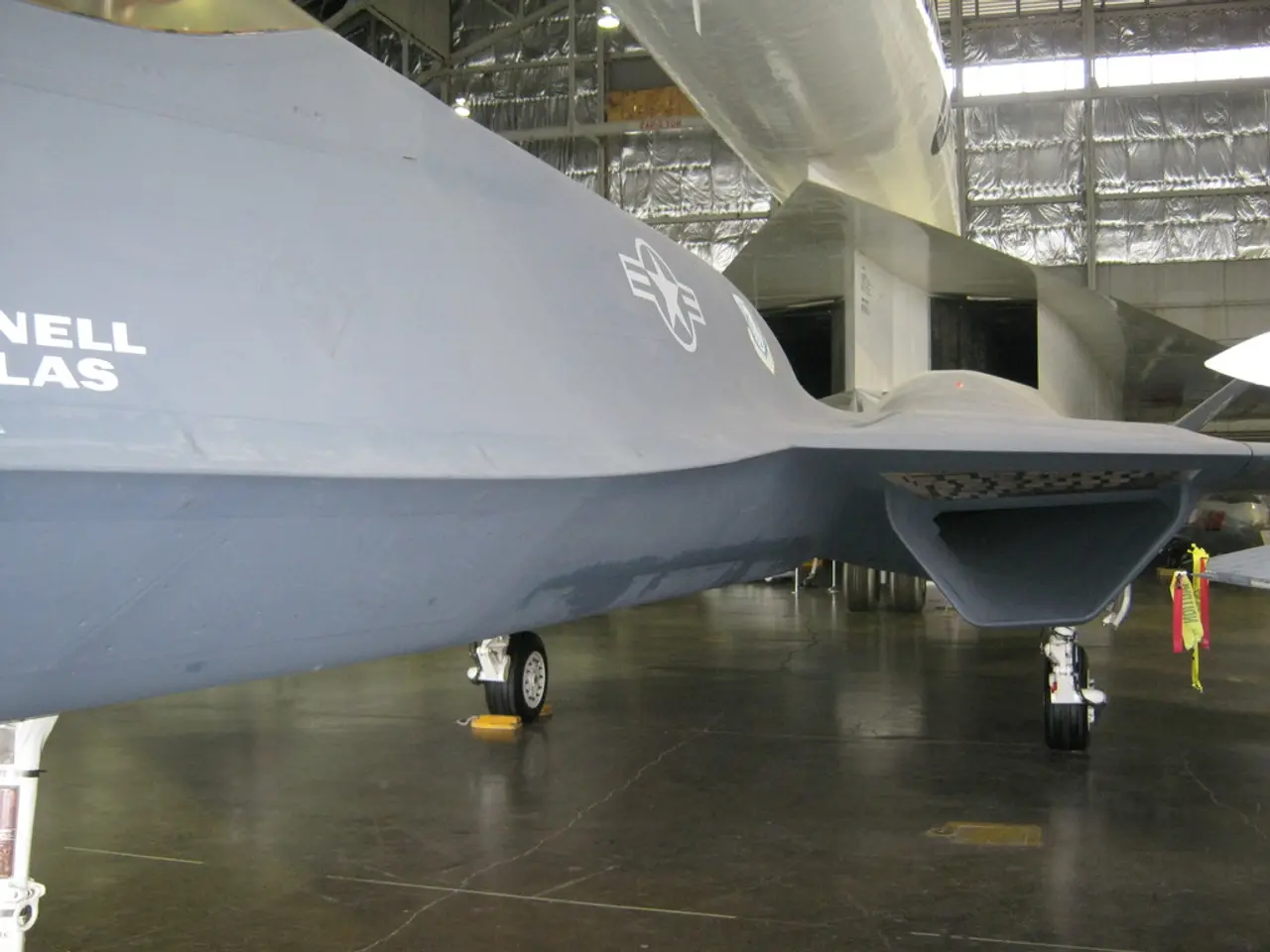Airship Ambition: Protecting the Skyline
The Airlander 10, a groundbreaking hybrid airship developed by British company Hybrid Air Vehicles (HAV), is poised to revolutionize short- and middle-range transport, with production set to begin in 2028 near Doncaster, South Yorkshire. This ambitious project, which has taken over a decade to develop, is expected to create jobs for 1,200 people and attract significant commercial interest.
Located at a new factory in Doncaster, England, the Airlander 10 is a versatile aircraft designed to serve various purposes, including passenger transport, cargo logistics, and surveillance. The airship, which resembles a slightly bifurcated giant Beluga whale, boasts a 300ft frameless hull, making it aerodynamic and efficient.
The Airlander 10 can carry over 100 passengers or 10 tons of cargo, and its unique design allows it to fly for up to five days at different altitudes with modular payloads. Two of its four V8 engines can be inclined to provide upward impulsion and short takeoffs, ensuring versatility for commercial, government, and disaster response uses. About 60% of the Airlander's buoyancy comes from safe helium gas, making it an eco-friendly alternative to traditional aircraft.
Control responses on the Airlander are not instantaneous, rather reminiscent of a ship, providing a unique and memorable flight experience for passengers. The Airlander's noise level is 'simply a whisper of wind', making it an attractive option for quieter, less disruptive travel.
The Airlander 10 has already garnered interest from various sectors. Spanish airline Air Nostrum intends to buy 20 Airlanders for experiential tourism and domestic travel, while French specialist Grands Espaces plans Arctic cruises and visits to 'remote, sensitive ecosystems' using Airlanders. The airship is also well-suited for disaster relief, military, or surveillance purposes.
HAV's strategic international presence is expanding to support global growth and meet increasing demand, particularly in the Americas. The company has established a US subsidiary, HAV USA, based in Arlington, Virginia, near Washington, DC, positioning it closer to key customers such as the US government and aerospace primes, facilitating deeper cooperation and marketing of the Airlander 10 in the US market.
However, the Airlander 10's journey has not been without challenges. The prototype was damaged shortly after its first flight in August 2016. Nevertheless, the project has persevered, and there is now substantial commercial interest, ensuring that the Airlander 10's potential to revolutionize short- and middle-range transport is within reach.
Tom Grundy, the current CEO of the Airlander 10 project and a former BAE Systems engineer, is optimistic about the Airlander 10's future. He believes the Airlander 10 could be a game-changer, offering a more sustainable and versatile alternative to traditional aircraft. The ultimate aim is to make the Airlander 10 electric, further reducing its environmental impact.
As production of the Airlander 10 begins in 2028, it is an exciting time for both HAV and the aviation industry. With its eco-friendly design, versatility, and unique flight experience, the Airlander 10 is set to become a significant player in the world of air travel.
Technology will play a crucial role in the production of the Airlander 10, with a new state-of-the-art factory in Doncaster, England, utilizing advanced manufacturing processes. The Airlander 10's innovative design, including its unique modular payload system and eco-friendly helium gas buoyancy, exemplifies the latest advancements in aviation technology.




